What Did Ancient Iranians Eat? (from Achaemenid to Safavid)
Have you ever wondered what kind of food people used to eat for dinner and lunch in ancient Iran? What were the authentic Iranian dishes of ancient times that were cooked for kings and nobles?
In this article, join Matinabad Mag to hear the history and cooking methods of ancient Iranian food with their unique ingredients.
Khamiz (Sasanian Era)
During the Sasanian period, there was a famous food called Khameez. What is Khameez? Thin slices of raw meat flavored with vinegar and served cold is Khameez. The food was a special kind of ham enjoyed by the people of that era.
The people of the Sassanid Empire used to make this dish using various types of meat. According to historical accounts, it is suggested that rabbit, deer, and young camel meat were considered to be more tender compared to beef, mutton, and lamb; for this reason, people used rabbit meat and others more.
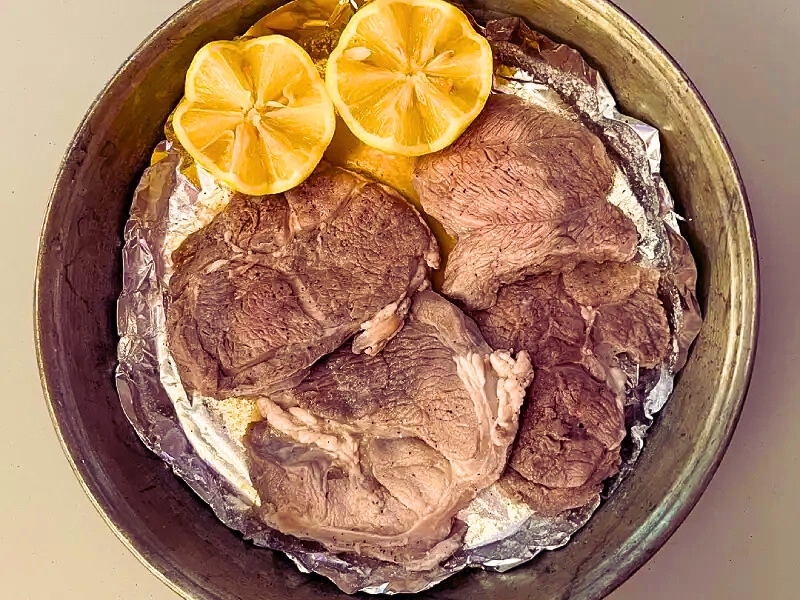
Vinegar kills molds and bacteria in the meat and also makes the meat last longer. No spices other than vinegar are mentioned in the books.
The raw food diet wasn’t popular then, but this dish was typically served in its raw and cold form on the Sasanian table. Would you try this food in the 21st century?
Khoresh Shahi or Kings Stew (Sasanian Era)
This stew, as the name implies, has been prepared for Sassanid rulers and their attendants. If you read the basic ingredients of this meal, you will understand why ordinary individuals from that era struggled to enjoy the dish.
The basic ingredients of Shahi stew include red meat, poultry such as chicken, pheasant, and ostrich (white meat), cold rice, dates (Khabees), aromatic leaves, salt, or caramelized sugar (Tabarzad).
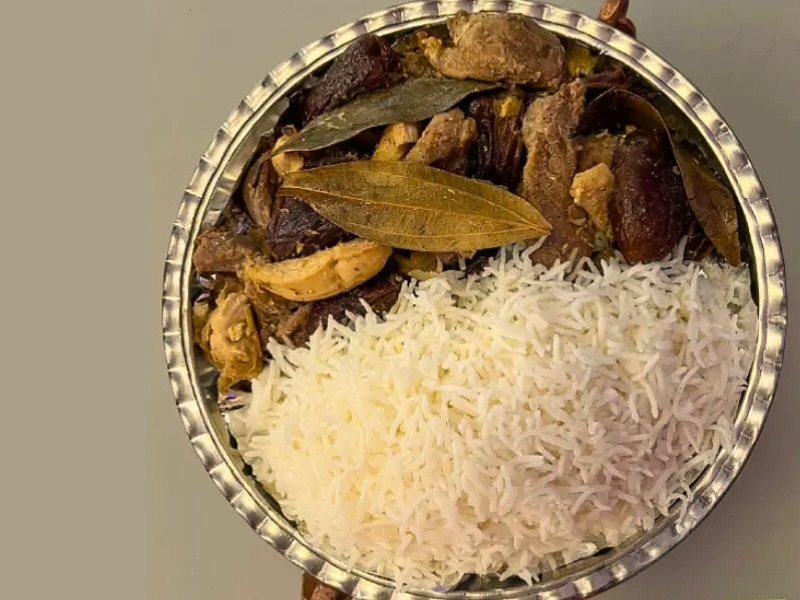
In the books, the meaning of Tabarzad is translated as salt and also crystallized sugar. Considering the high protein and sugar intake and unhealthy diet of the rulers in bygone days, they commonly experienced ailments like diabetes, hypertension, and blood disorders more frequently than the general people.
This food was also one of the foods harmful to the kings, yet it remained a staple in ancient Iranian festivities.
Lamb Stew and Bread (Parthian Era)
The food we want to mention was cooked by the people of Iran in 247 BC. Parthian Lamb Stew and Bread is one of the foods that all classes, including soldiers, ate. The lamb dish, as expected, consists of lamb meat combined with plums, onions, olives, olive oil, white cabbage, garlic, pepper, and salt.
Along with this dish, a special bread has been prepared, and its firmness is exemplary. This loaf of bread is even drier than the bread available today. In fact, it can be likened to biscuits in terms of its dryness and thickness.

Of course, it is possible to soften this dry bread in water or broth and then eat it. Hence, Parthian Lamb Stew and Bread was popular for all classes of that era and is expected to be one of the popular dishes of that time.
Harira Barley and Fruit (Achaemenid Era)
Today, wheat and rice have a special place in Iranian food, but during the Achaemenid era, barley had a very high consumption.
Almond Porridge and Harira, on the other hand, are part of contemporary Iranian cuisine and are typically given to infants and young children under the age of one. However, porridge has also been featured in specialized, inviting cafes for a while now.
We mentioned all of this to introduce an ancient Iranian food that appears to have been primarily enjoyed as a breakfast item or a post-meal treat.
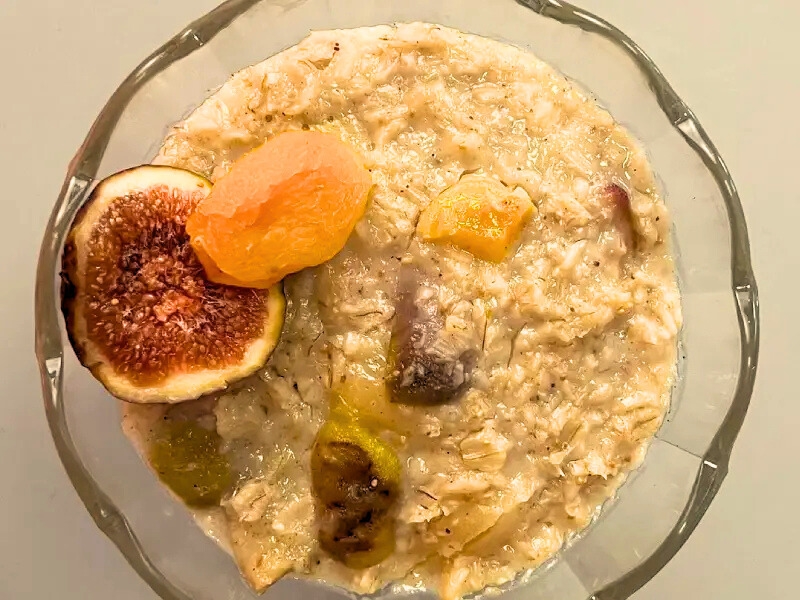
Harira Barley and Fruit is one of the dishes of the Achaemenid era, which is served with barley and various fruits such as dried apricots, figs, etc. This food is very similar to foreign oatmeal that dieters eat for breakfast. You will probably like this food as well once you try it.
Malmae Rice (Safavid Era)
In the time of the Safavid dynasty, the food people enjoyed was quite similar to the food eaten in Iran today. Some even believe that some of the food we still eat today has its origins in that time.
One of those dishes that is very similar to Morasa Polo or Gheymeh Nesar Qazvin is the Safavian Malmae Polo. To cook this meal, you should boil your rice with chicken broth, chicken, and chickpea pieces, and then add pistachio nuts, almond nuts, dates, figs, and barberry to it. Your Ancient Iranian Food is ready!
Malmae Rice, as one might assume, was a ceremonial delicacy. As the guests savored each spoonful, they experienced a variety of flavors, including sweetness, saltiness, and sourness.
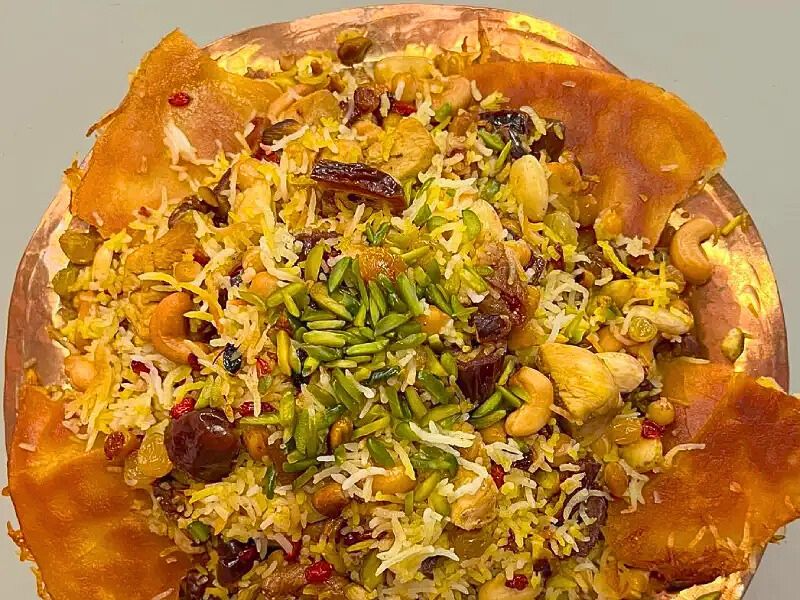
This made each spoonful a delightful surprise, revealing a magical blend of flavors with every bite. During the time of the Safavid Empire, art was very important, and cooking was considered one of the arts.
This is why the period of Safavid rule is seen as a time when Iranian cooking became really good.
Conclusion
The unique flavors of ancient Persian cuisine from Iran may appear unusual to modern young people, but it’s important to note that Roman historians and other world historians have documented the names of these dishes in books and inscriptions.
Many of these dishes are attributed to the delectable nature of Iranian cuisine. Iranian food is rooted in the historical culture of this region and has been respected since the Achaemenid period until now.
Now that you are familiar with some of the ancient Iranian food, tell us in the comments section which ancient Iranian food you are willing to try?
Are you planning to travel to Iran and looking for an Iran resort? Consider Matinabad Eco-resort.
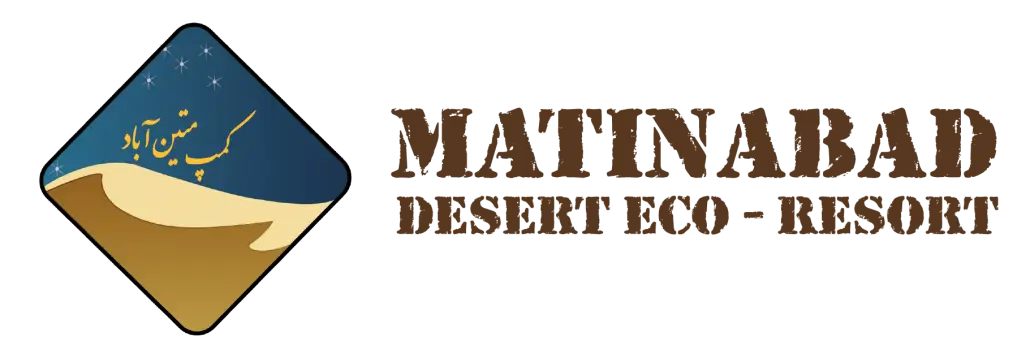
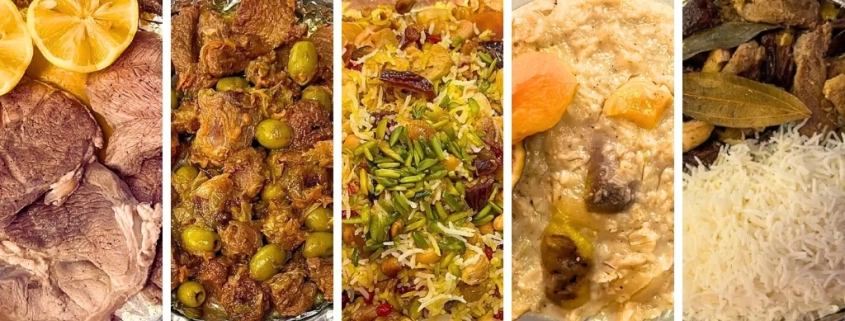



Leave a Reply
Want to join the discussion?Feel free to contribute!